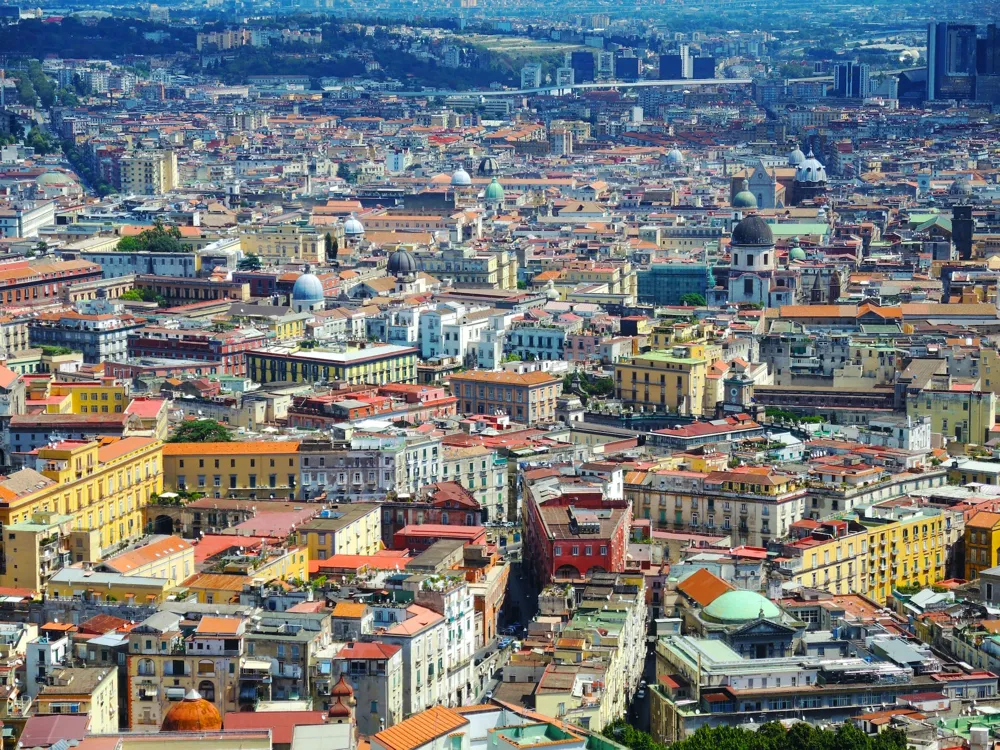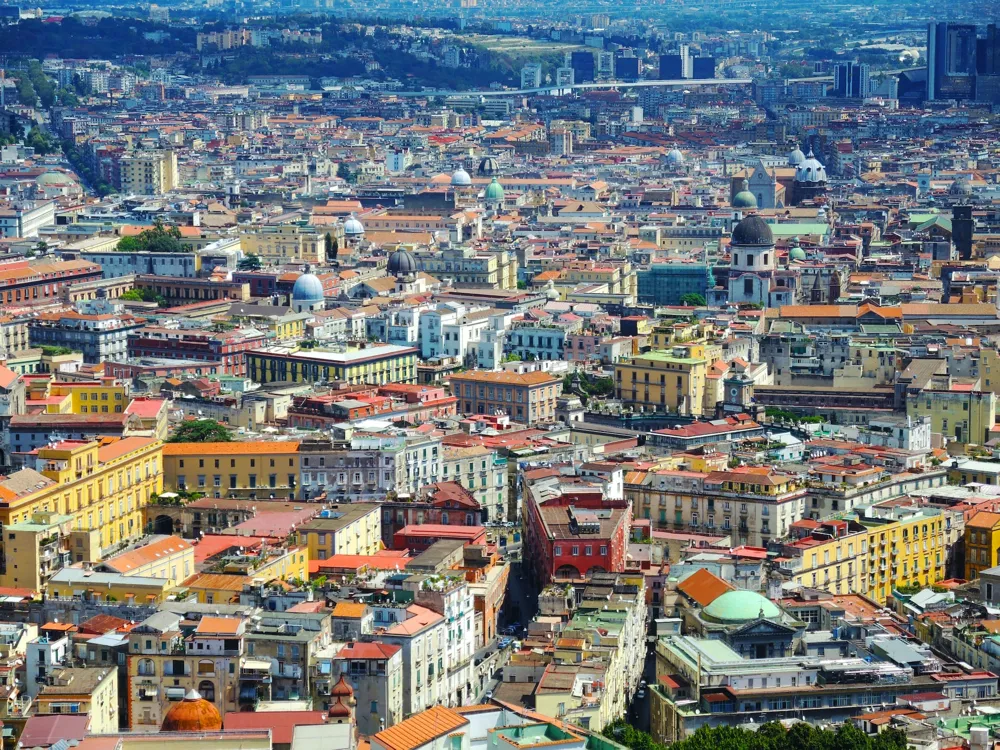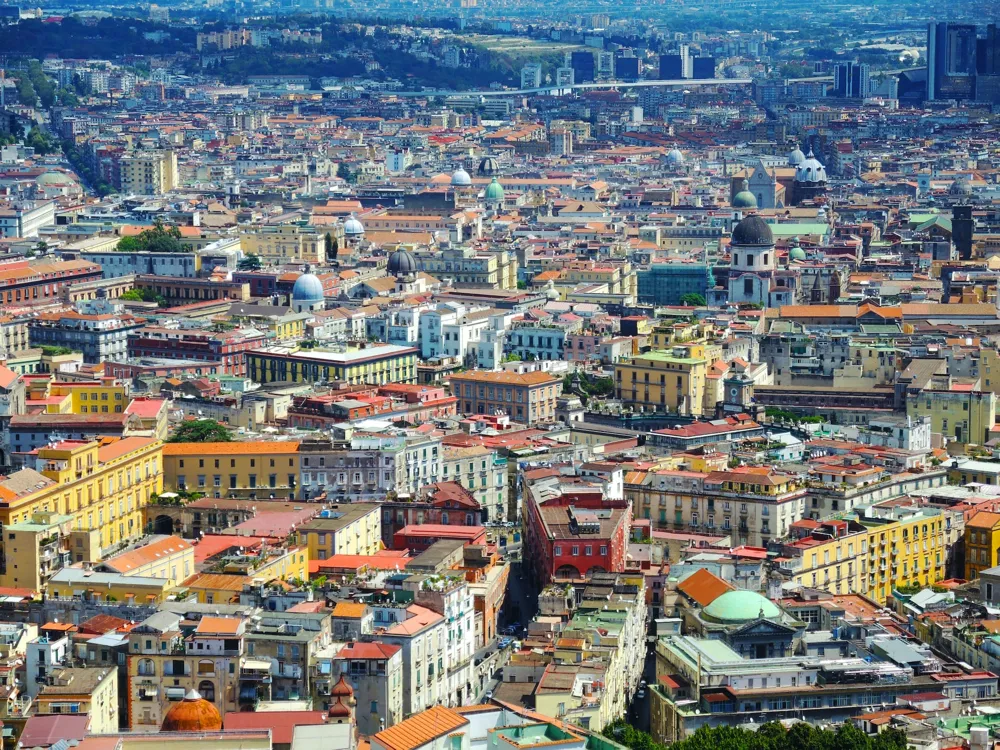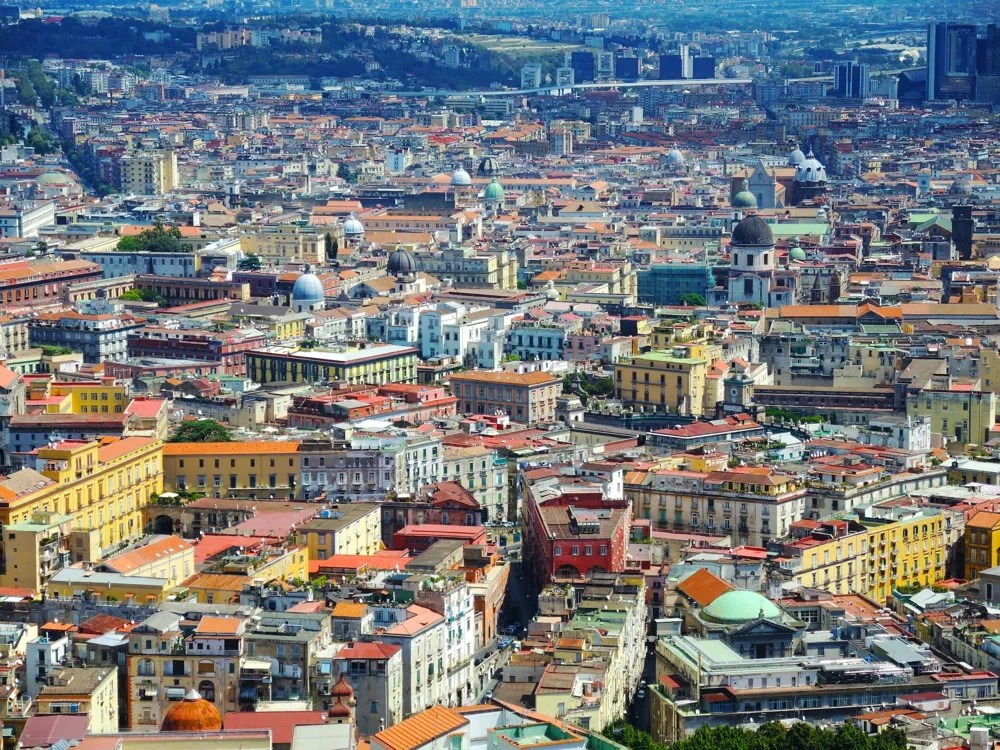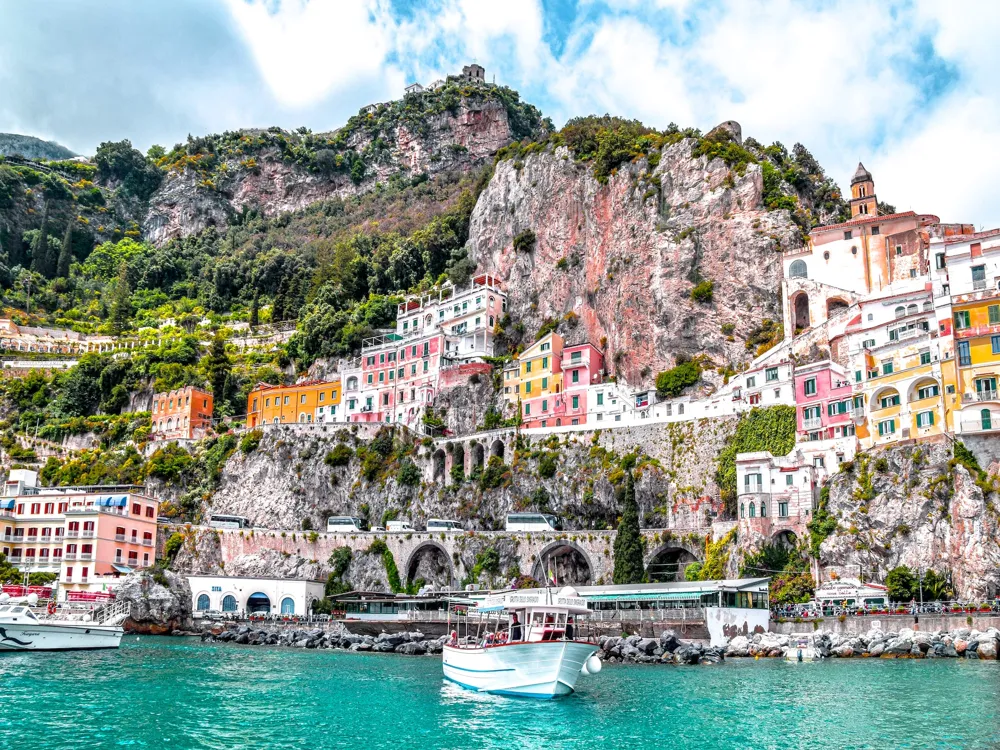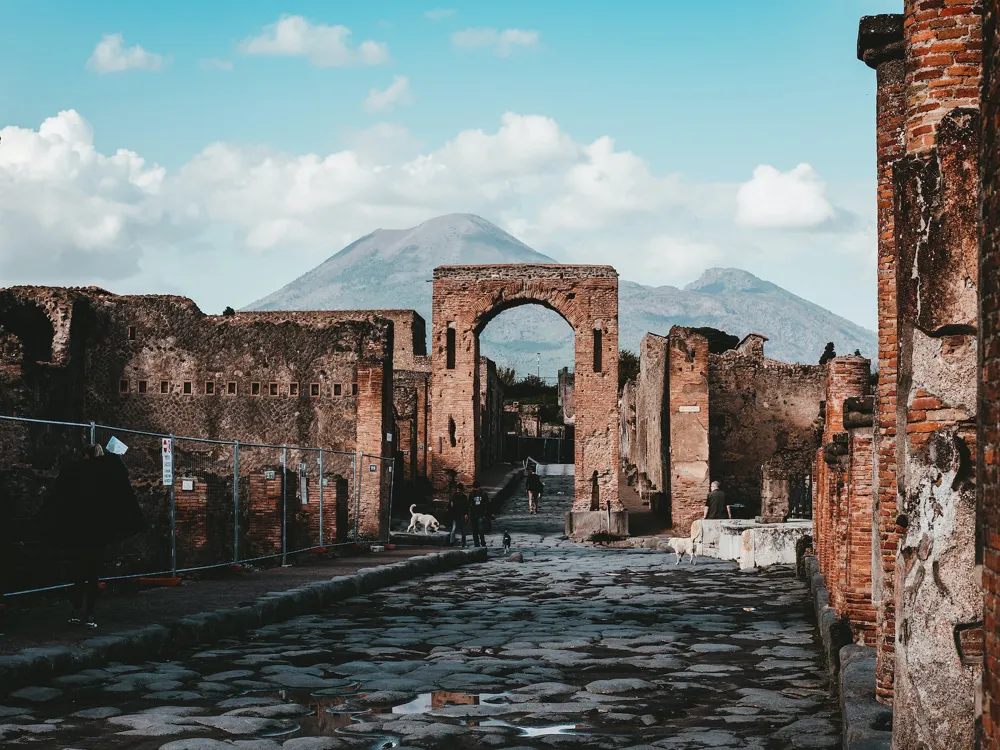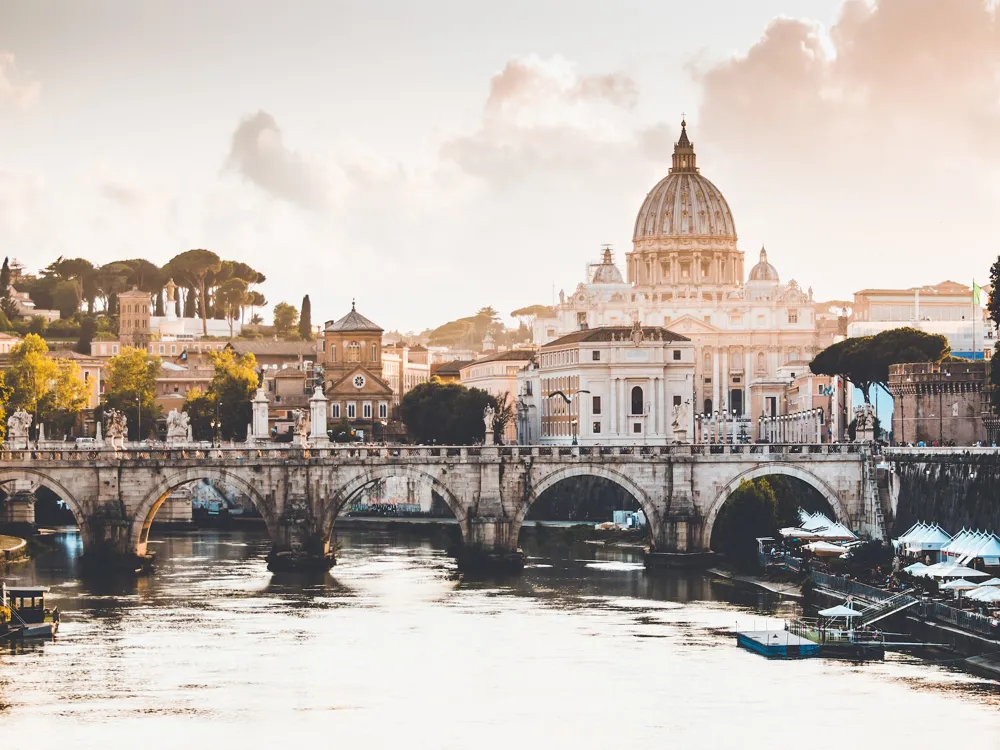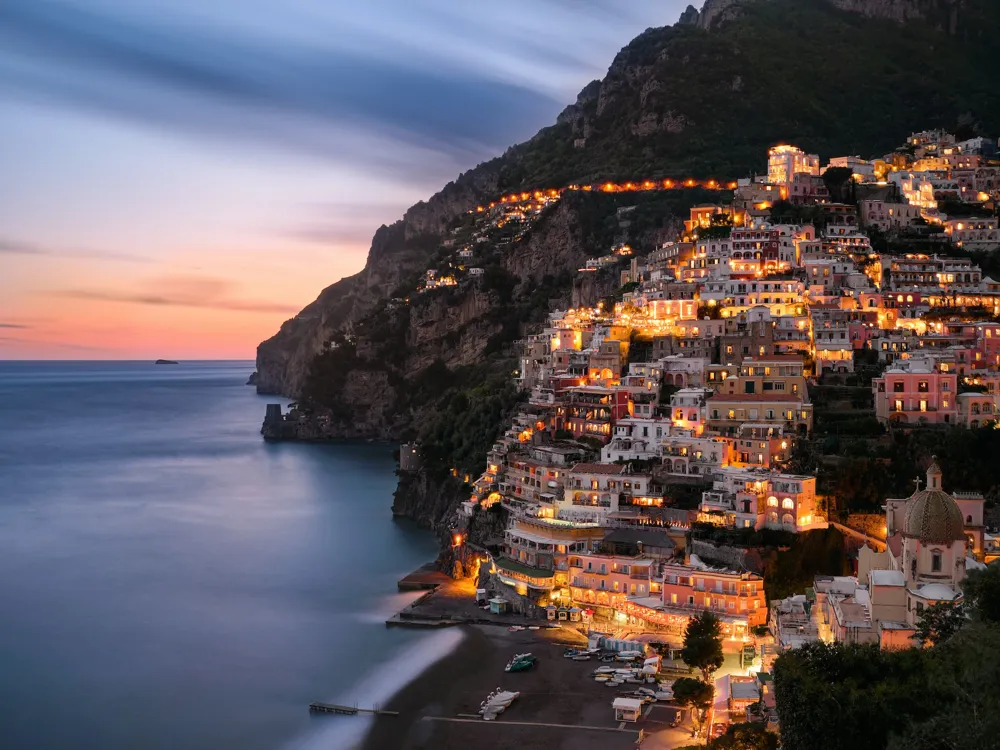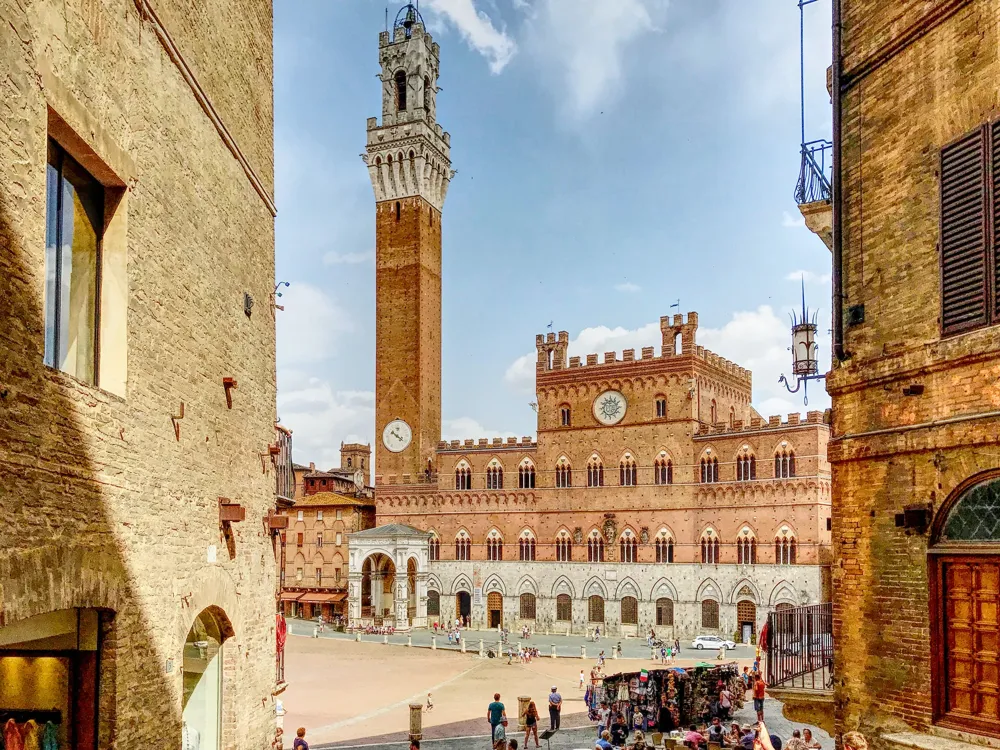Lungomare, the iconic seaside promenade in Naples, Italy, is a mesmerizing blend of natural beauty and cultural heritage. Stretching along the picturesque coastline of the Tyrrhenian Sea, this vibrant area is more than just a scenic walkway; it's a living museum that narrates the rich history and lifestyle of Naples. The allure of Lungomare lies in its panoramic views, where the azure waters meet the city's historic backdrop, creating a postcard-perfect scenery that captivates both locals and tourists alike. The history of Lungomare is deeply intertwined with that of Naples itself. Established as a modest path in the early 19th century, it was later transformed into a grand boulevard as part of an urban renewal project. This transformation was aimed at showcasing the city's elegance and prosperity. Today, Lungomare stretches over several kilometers, starting from Castel dell'Ovo and extending to Mergellina. Along this stretch, visitors can witness a harmonious coexistence of past and present, where ancient castles, opulent villas, and modern establishments narrate a story of evolution and resilience. Lungomare is not just about its aesthetic appeal; it's a social hub that reflects the Neapolitan way of life. The promenade is dotted with chic cafes, traditional pizzerias, and artisanal gelaterias, each offering a taste of authentic Naples. The area is also a popular spot for leisure activities, with locals and visitors alike enjoying strolls, jogs, and bike rides against the backdrop of the sea. The promenade's strategic location also makes it an ideal spot for various cultural events, art exhibitions, and seasonal festivals, adding to its vibrant character. The architectural landscape of Lungomare is a testament to Naples' historical layers and artistic legacy. This iconic promenade is lined with an eclectic mix of architectural styles, ranging from Renaissance to Art Nouveau, reflecting the city's evolution through different eras. One of the most striking features of Lungomare's architecture is the seamless blend of old and new, where centuries-old structures coexist with contemporary designs. At the heart of Lungomare's architectural marvels is the Castel dell'Ovo, a medieval fortress that stands as a symbol of Naples' history. The castle's robust structure and strategic location have made it a focal point of the city's defense system for centuries. Today, it serves as a cultural venue, hosting exhibitions and events that attract history enthusiasts from around the world. Moving along the promenade, one encounters the majestic Villa Comunale, a public park that showcases the elegance of 19th-century landscaping, complete with statues, fountains, and lush gardens. Lungomare's architectural journey continues with the Liberty-style buildings, epitomized by the Stabilimento Balneare. These structures, characterized by their ornate facades and elegant balconies, reflect the Art Nouveau movement that swept through Europe in the late 19th and early 20th centuries. The promenade is also home to several modern developments, such as contemporary art installations and chic waterfront establishments, demonstrating Naples' ongoing commitment to innovation and creativity. The ideal time to visit Lungomare is during the spring and early autumn months, when the weather is pleasant, and the crowds are relatively smaller. These seasons offer the perfect balance of sunny days and cool evenings, ideal for exploring the promenade and its surroundings. Comfort is key when visiting Lungomare. Opt for casual, breathable clothing and comfortable walking shoes, as you'll likely be doing a lot of walking along the promenade. Don't forget to bring sunglasses and a hat for sun protection. Lungomare is renowned for its culinary delights. Be sure to try local seafood dishes, traditional Neapolitan pizza, and authentic Italian gelato. Explore both the street food stalls and sit-down restaurants for a complete gastronomic experience. Reaching Lungomare is convenient, thanks to Naples' well-connected transport system. The easiest way to get there is by taking the metro to the Municipio or Mergellina stations. From either station, Lungomare is just a short walk away. Alternatively, visitors can take a bus or taxi directly to the promenade. For those driving, there are several parking areas along Lungomare, though finding a spot during peak times can be challenging. Read More:Overview of Lungomare, Naples
Architecture of Lungomare
Tips When Visiting Lungomare
Best Time to Visit
What to Wear
Dining Options
How To Reach Lungomare
Lungomare
Naples
₹ 56,000 onwards
View naples Packages
Naples Travel Packages
View All Packages For Naples
Top Hotel Collections for Naples

Private Pool

Luxury Hotels

5-Star Hotels

Pet Friendly
Top Hotels Near Naples
Other Top Ranking Places In Naples
View All Places To Visit In naples
View naples Packages
Naples Travel Packages
View All Packages For Naples
Top Hotel Collections for Naples

Private Pool

Luxury Hotels

5-Star Hotels

Pet Friendly








